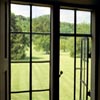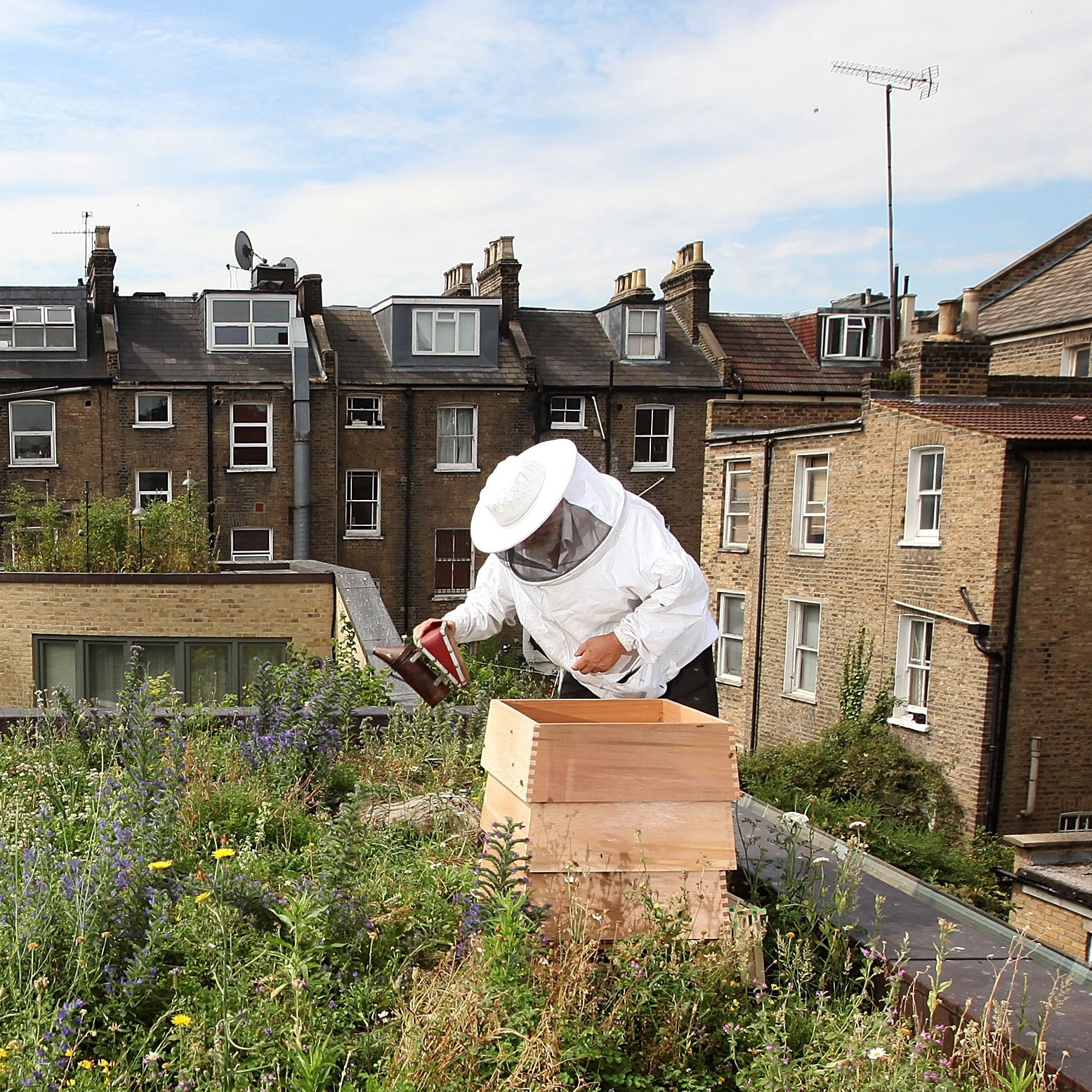Genius of the place award
Jeremy Musson introduces the 2007 Country Life award for the best restored or revived landscape setting for a country house, sponsored by Savills


To make a nomination, click here
The definition of a country house has been argued over for decades. One thing is abundantly clear ? it is a house attached to the ownership and enjoyment of land. In the British Isles, the role of the landowner in forming and shaping the landscape is well understood, but much less appreciated is how much has been done by private owners in more recent decades to preserve, revive, restore and regenerate the landscape settings of country houses, and, at the same time, the countryside we love.
To highlight what can and has been achieved, Country Life and Savills have decided to create the Genius of the Place Award for 2007, as special recognition of the private owner who has done most to revive or restore the landscape setting of a country house on a smaller estate (from 50 to about 500 acres). This will be based on reader nominations, and a shortlist derived with the help of expert advice will be presented to a distinguished panel of judges, including columnist Simon Jenkins; landowner the Earl of Dalkeith; designer Penelope Hobhouse; and Martin Drury, former Director-General of the National Trust.
This award is to reflect the important role that the owners of smaller country houses play in the preservation of the quality of our historic and cherished landscape. This could include a restoration of a lost historic landscape or the creation of a new landscape setting, and will also demonstrate good practice ? a positive environmental contribution will be taken into account. It can include a garden, but must go beyond what we normally think of as a garden.
The name of this award is derived from a phrase in a poem by Alexander Pope, The Epistle to Lord Burlington:
To Build, to plant, whatever you
intend,
Sign up for the Country Life Newsletter
Exquisite houses, the beauty of Nature, and how to get the most from your life, straight to your inbox.
To rear the Column, or the Arch to bend,
To swell the Terras, or to sink the Grot;
In all, Let Nature never be forgot.
Consult the Genius of the Place in all,
That tells the Waters to rise, or fall,
Or helps th'ambitious Hill the Heav'ns
to Scale?
Paints as you plant, and as you work,
designs.
The phrase 'consult the genius of the place' thereafter became one of the maxims of landscape design and conservation management.
Horace Walpole maintained that Lord Burlington's prot? William Kent was 'the first to leap the fence and see that all Nature was a garden', but landscape historians have shown that the relationship of a house to its wider landscape was critical, even throughout the 17th century, which we associate with the formal garden, and was often connected to the pleasures of hunting and the need to view it from mounds and buildings. Land already had a symbolic value, not just of wealth, but also of power and connection, not least of the right to vote.
Tim Richardson, a landscape historian who is acting as an expert adviser to the award, observes: 'The landscape, even more than the architecture of a country house, was the arena in which a landowner could express his personality.' He cites the remarkable evidence of friends sharing ideas and competing with each other to improve their landscapes. In the later 18th century, many
landowners looked at neighbours working with national designers such as Capability Brown, and decided they could do the same things themselves, often with projects lasting more than one generation.
Anyone who has read the novels of Thackeray or Jane Austen will know how the setting is used in literature to conjure up the character of a country seat. For instance, when Elizabeth Bennet first visits Pemberley and glances out of the dining-parlour window: 'She looked on the whole scene, the river, the trees, scattered on its banks, and the winding of the valley? with delight. As they passed into other rooms, these objects were taking different positions; but from every other window there were beauties to be seen.'
All those heroic souls who have restored a country house or helped rescue one from a state of dereliction will know just how important the setting is for the house and for the enjoyment of the life it represents. It is rarely financially profitable at first, although it can involve creating a deer park, or a shoot, or attracting nature conservation grants. Usually when I have encountered such works, they are done for reasons of pleasure, pride and the need to create just the right sort of verdure for the house and its views and setting.
This award is directed at smaller private landholdings or estates. In the early 18th century, these houses were often hotbeds of invention in landscape design, for example, William Shenstone at the Leasowes in Shropshire or Charles Hamilton at Painshill in Surrey.
Help us to find the great landscape champions of today, and send us your nominations at www.countrylife.co.uk/genius.
'The landscape, even more than a country house, was the arena in which a landowner could express his personality'
Country Life is unlike any other magazine: the only glossy weekly on the newsstand and the only magazine that has been guest-edited by HRH The King not once, but twice. It is a celebration of modern rural life and all its diverse joys and pleasures — that was first published in Queen Victoria's Diamond Jubilee year. Our eclectic mixture of witty and informative content — from the most up-to-date property news and commentary and a coveted glimpse inside some of the UK's best houses and gardens, to gardening, the arts and interior design, written by experts in their field — still cannot be found in print or online, anywhere else.
-
 Radbourne Hall, Derbyshire: The Palladian masterpiece reborn as a 21st century family home
Radbourne Hall, Derbyshire: The Palladian masterpiece reborn as a 21st century family homeJohn Goodall takes a look at the incredible resurrection of Radbourne Hall.
-
 Urban beekeeping — from the illegal rooftop hives in New York City to Chelsea Flower Show
Urban beekeeping — from the illegal rooftop hives in New York City to Chelsea Flower ShowThe Tuesday of Chelsea (May 20) is World Bee Day; to celebrate The London Honey Company is sponsoring the Show's Bees of Development Balcony Garden.